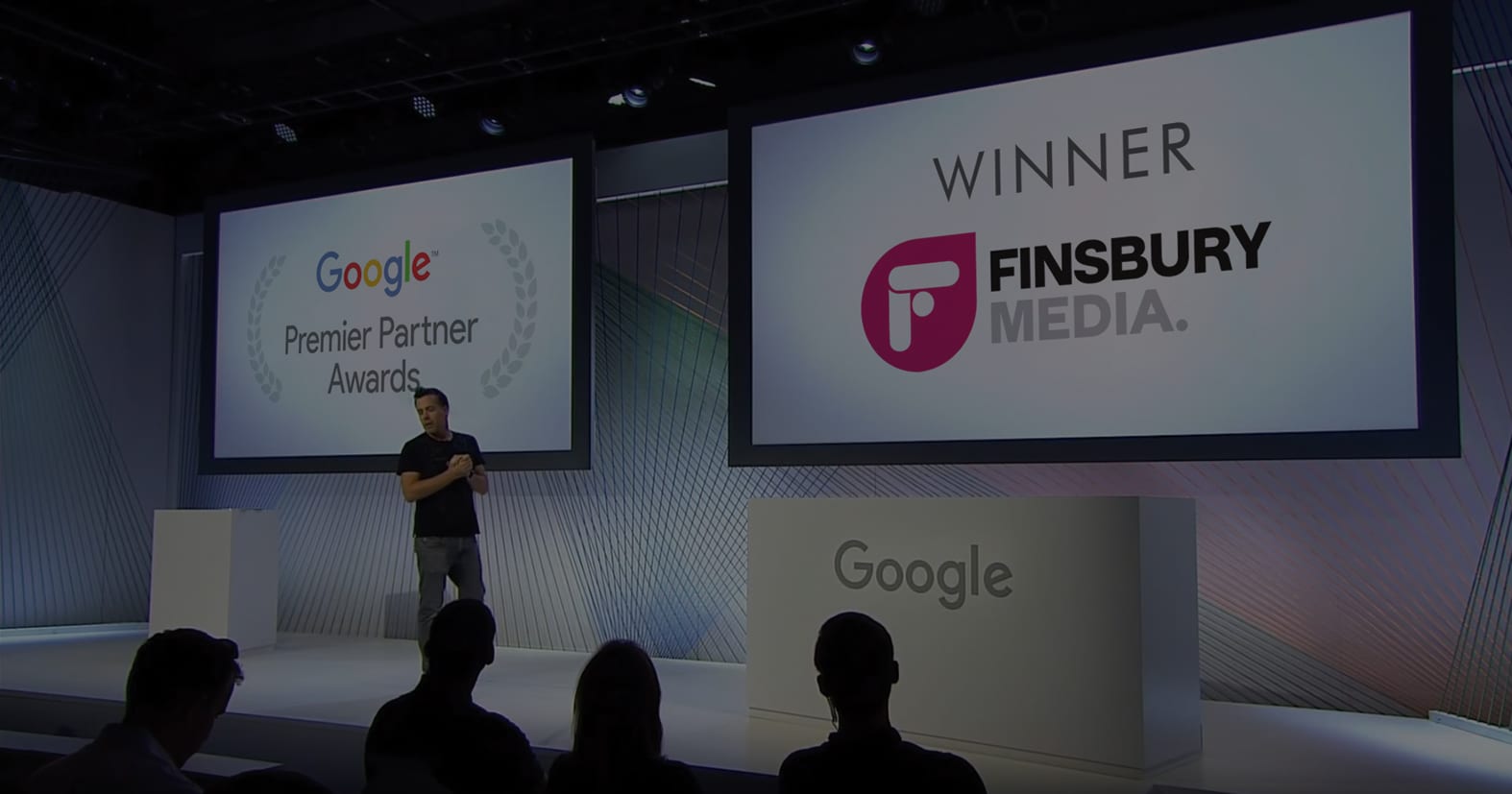Now that YouTube is the second most popular search engine and YouTube videos appear in Google search results, the value of having videos on YouTube to reach more customers online is tremendous. But it’s not enough just to create engaging videos; you have to optimize them for search, too, to ensure that more people can discover them online. What is YouTube SEO? It means incorporating elements like links back to your website, detailed titles and descriptions, and keyword-rich tags. Follow these four tips to optimize your SEO with YouTube videos to make sure they get seen by your local consumers.
Create an Engaging Title
The title of your video is one of the most important factors for search engine optimization because it’s one of the first things Google looks at to determine what the content is about. Consumers often search for topics related to what is entertaining or helpful to them, so create a title that takes this into account. While you want to make your title catchy, it should not be misleading, and it should be straightforward enough that YouTube and Google can effectively index it so that it appears in the search results. To make sure your title is relevant to both your audience and the search engines, it should contain one or two primary keywords (avoid “stuffing” it with too many keywords) that appear early in the title. YouTube SEO expert Greg Jarboe also recommends that if you are including your brand name in the title, it should go near the end, since it is typically less competitive than your target keywords.
Tip: To improve your click-through rate, try including an exciting phrase, slang, or descriptive terms that can excite and appeal to your audience. For example, terms like “Amazing,” “Best,” and “Funny,” can generate excitement, and words like “How To,” “Tutorial,” and “Steps” can boost interest in educational videos.
Add a Thorough Description
YouTube gives you 5,000 characters, or about 800 words of space, to write your description, so use that space to your advantage. When writing your description, keep the most important keyword phrases near the beginning, since the description text that is visible on your video’s page has more value to search engines than text hidden below the “Show More” line. In addition, you should include a link back to your website or blog in your video’s description. YouTube will display this as a clickable link, which can increase the amount of traffic back to your website.
Tip: When adding links in your description, type out the entire url to your business website, including the “http” prefix, so that YouTube will automatically hyperlink it. Otherwise, people won’t be able to click through to your site.
Choose Relevant Tags
Tags are the keywords and phrases you think people might use to search for your videos, so fill up the tag box with as many keywords as you feel are relevant to your video. For instance, if your video is about repairing a leaky faucet, use terms like “repair leaky faucet kitchen,” “home improvement” and “DIY plumbing.” To get ideas, start typing a term into the YouTube search box and see which terms YouTube suggests. Similarly, you can look at videos similar to yours to see what tags other people are using to describe the same type of content. Last but not least, don’t forget to include keywords for your brand name, location, and the name(s) of any products or services you are featuring in the video.
Tip: Put double quotes (“) around any multi-word tags so that YouTube will recognize them as a complete phrase and not as individual words, and separate keywords with space.
Make Your Videos Public
For best optimization in YouTube’s search, set your privacy settings to “public” and authorize viewer features like commenting, rating, and voting to encourage engagement with your video. User comments and likes can help improve your video’s organic ranking, since YouTube’s algorithm takes the number of views and ratings into account when determining its rank within the search results. However, if you allow anyone to comment on your video, you should monitor the comments and respond to negative posts. You can also opt to approve comments before they are posted on your video page. You can also increase traffic to your YouTube channel by sharing your videos to social media sites like Facebook, Twitter, Tumblr, and more, as well as embedding it on your company website and blog. Also, encourage employees, customers, and fans and followers to not only share your content on social networks but to embed your videos as well.

